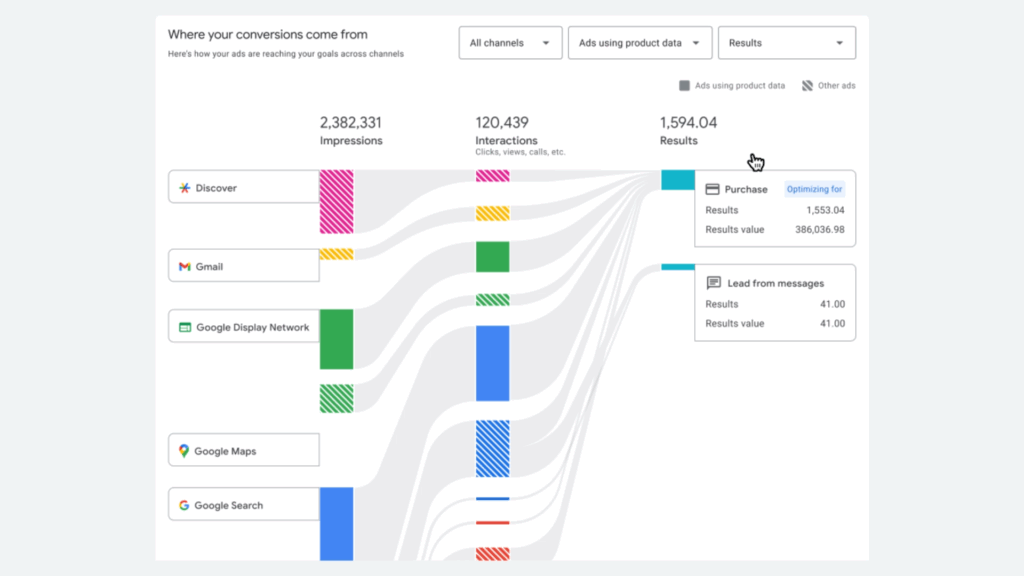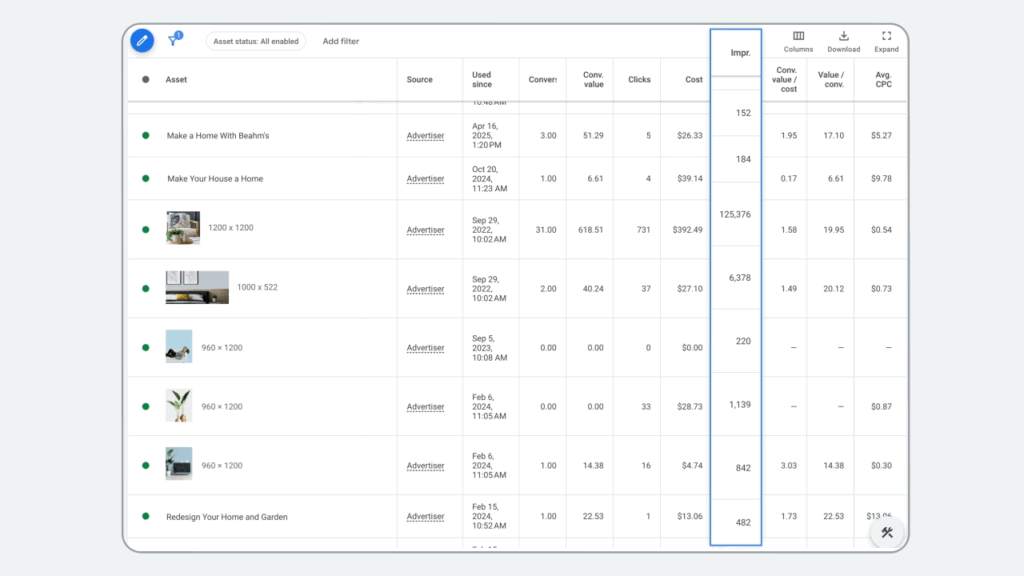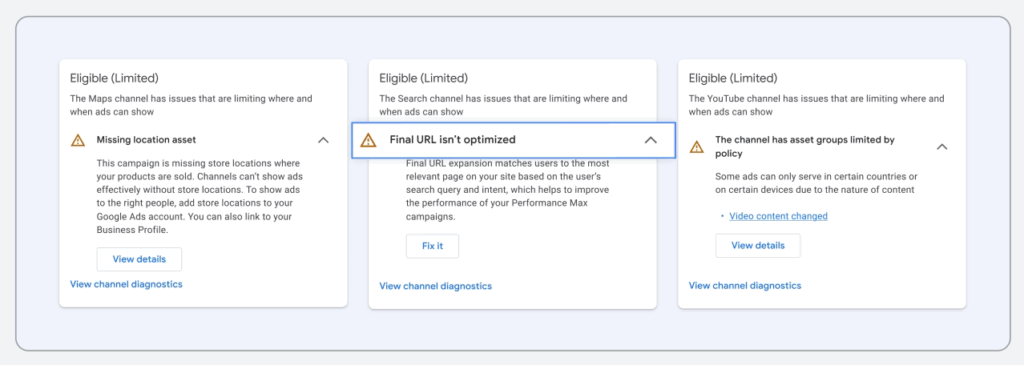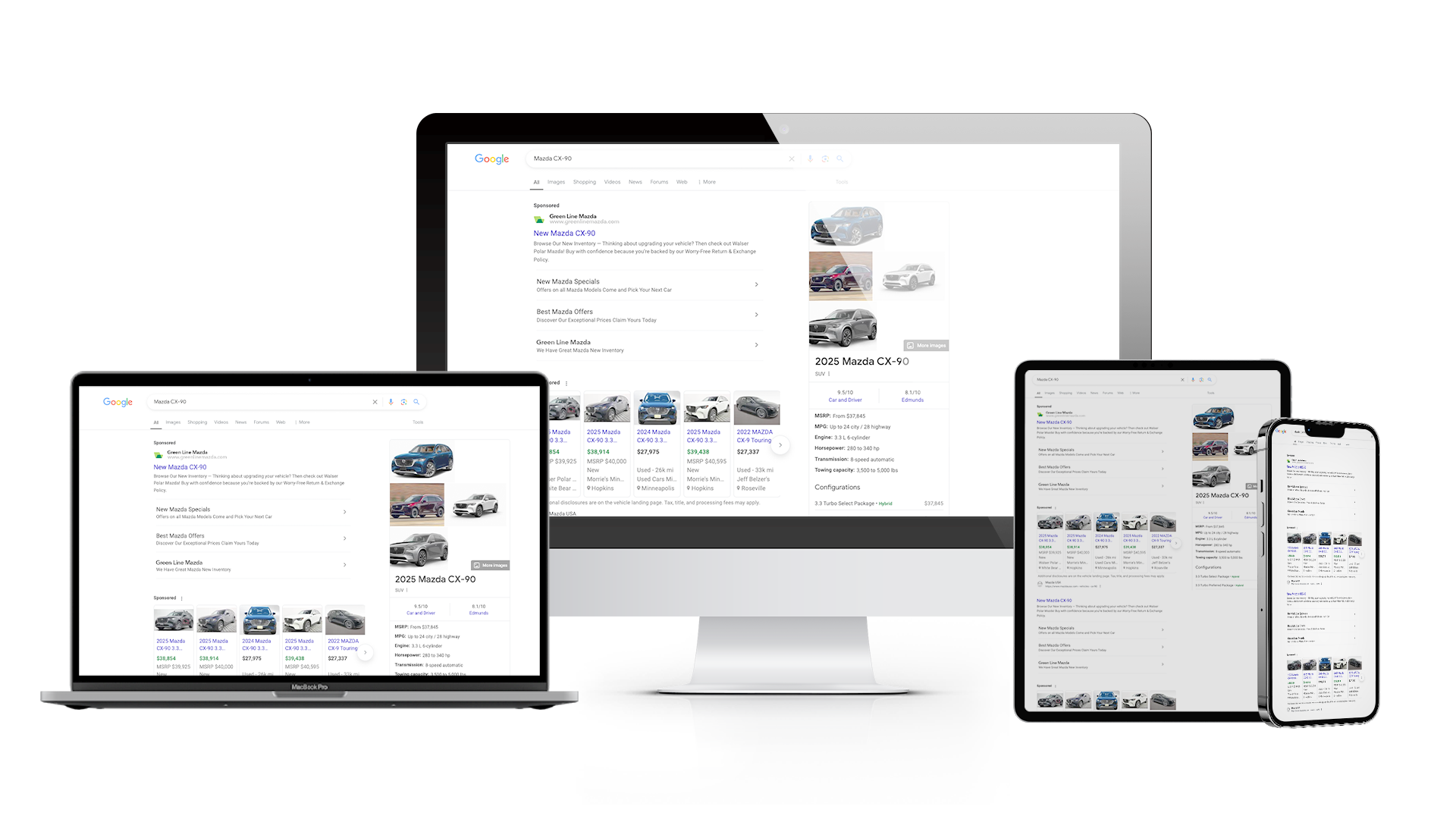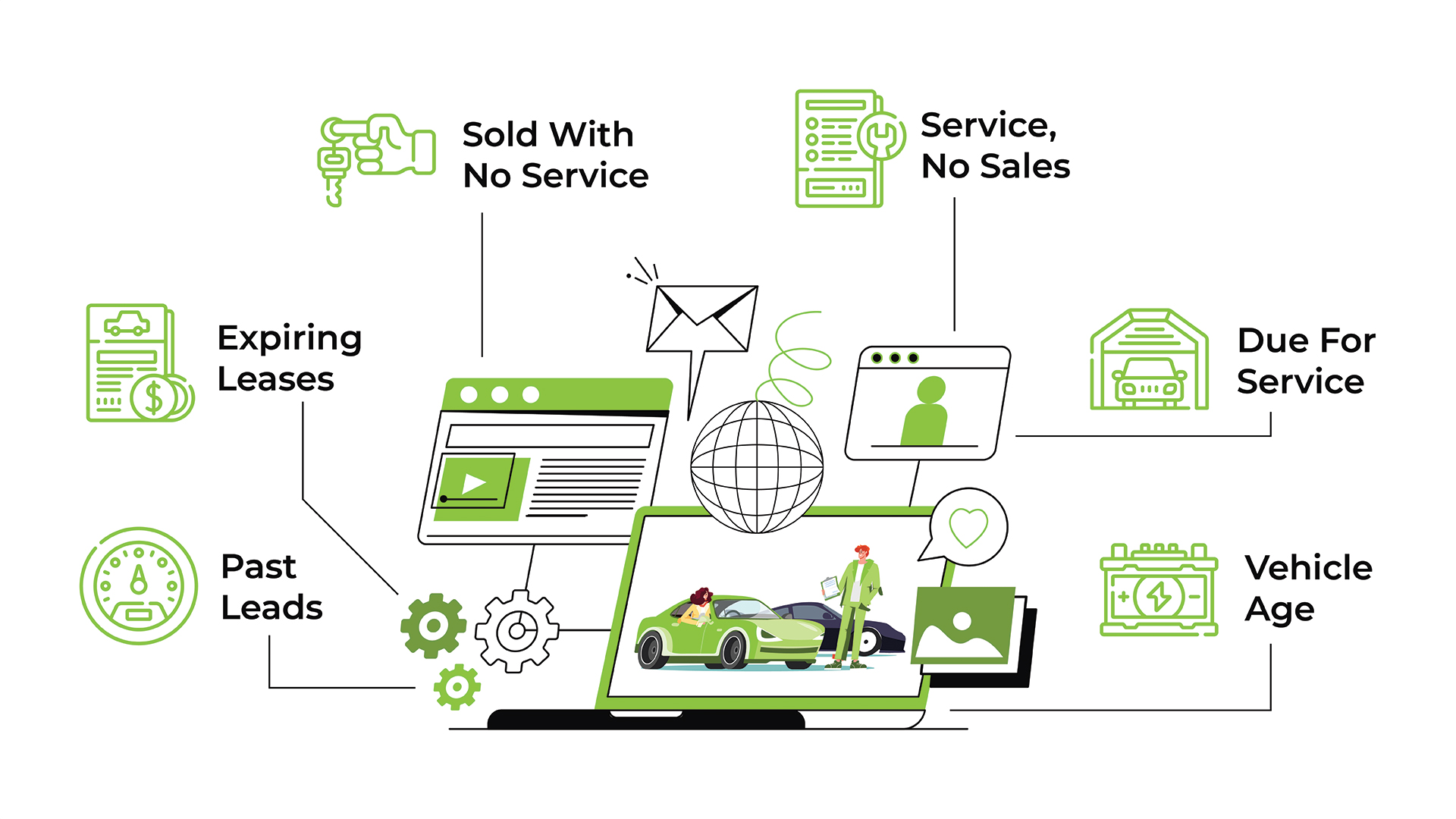Is your agency counting VDP views as a conversion?
One of the most common mistakes our Paid Search specialists find when inheriting or auditing a Google Ad account is that Vehicle Detail Page (VDP) views are being marked as primary conversions. While knowing how many VDP views you are driving throughout the marketing process is important, counting them as a conversion can harm your ad account and sway the decisions you make based on the data you are seeing. Here’s why.
1. VDP Views Are Engagements, Not Conversions
Conversions should represent lead opportunities such as a form submission, a call, or a “Get E-Price” request. While a VDP view has its place in consumers submitting a lead, it is not a signal of high intent.
Counting VDP views as conversions can create a false sense of success. Your campaigns may appear to perform well because users are clicking around and browsing, but these actions may not translate into actual leads or sales.
This makes it harder to:
- Measure true ROI
- Compare across channels
- Make informed marketing decisions
2. It Skews Smart Bidding and Optimization
With Google’s rollout of Performance Max campaigns, their automated bidding strategies like Maximize Conversions, Maximize Conversion Value or Target CPA are becoming more popular than ever before. These campaigns (and any campaign type using automated bidding strategies) rely on your account’s conversion data to make real-time decisions. If you’re feeding the algorithm VDP views as conversions, you’re telling Google to optimize for people who simply look at cars, not people who are ready to buy them. While Google is smart, it will go after the path of least resistance and VDP Views are low-hanging fruit compared to a lead form.
This can lead to:
- Wasted budget on low-intent traffic
- Fewer true leads
- Less efficient ad spend
3. Better Ways to Track VDP Interest
VDP views are still valuable—they tell you what inventory is attracting attention and can help you refine your merchandising and retargeting strategies.
What do we do at Green Line? Our team imports VDP Views (asc_item_pageview) as secondary conversions. This way, we can still analyze the data without influencing bidding strategies or skewing the reports.
Your Google Ads conversions should reflect your business goals. If your goal is to generate leads or sales, then use those actions as your conversion signals and treat VDP views as supporting metrics—not success metrics. Are you curious how your conversions are being measured? Schedule an audit with our team and find out how to start getting more hard conversions (form fills, chats and phone calls).
Want to connect about your Digital Strategy?
Fill out the form below and someone from our team will reach out to you to set up a time to connect.
Fields marked with * are required
